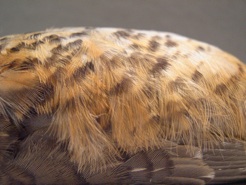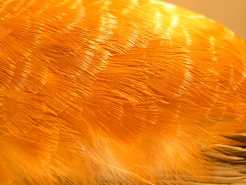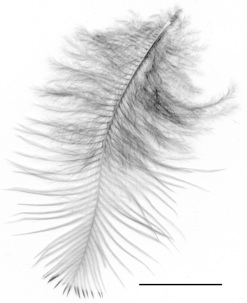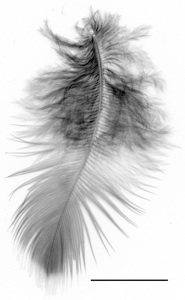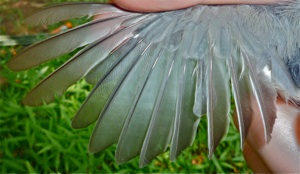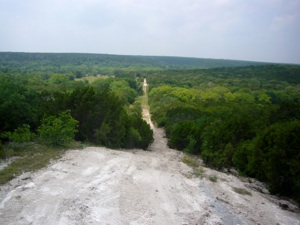Research
Molt dynamics
Feathers are amazing biological structures. The feathers of the wing and tail help to make the flapping flight of birds the most energetically-efficient form of locomotion among terrestrial vertebrates. The feathers of the body form a protective, insulative, and streamlined coat.
So, what happens when feathers inevitably wear out?
